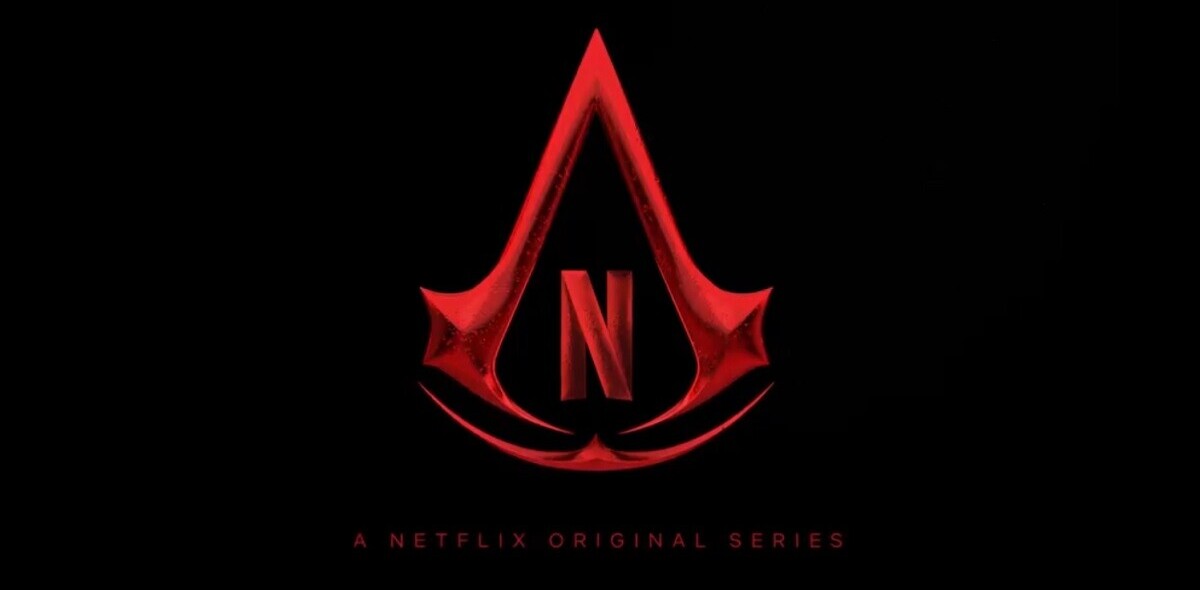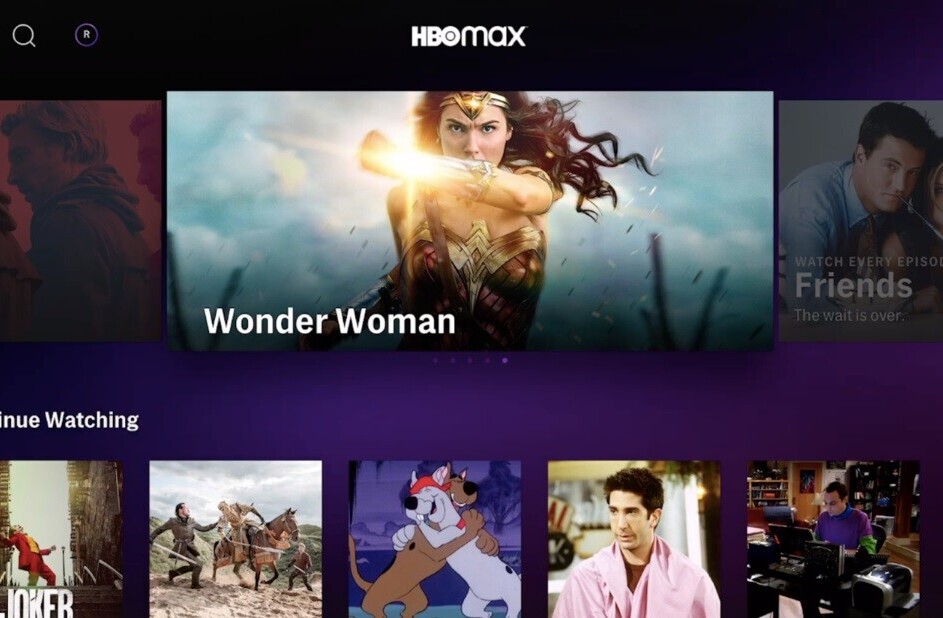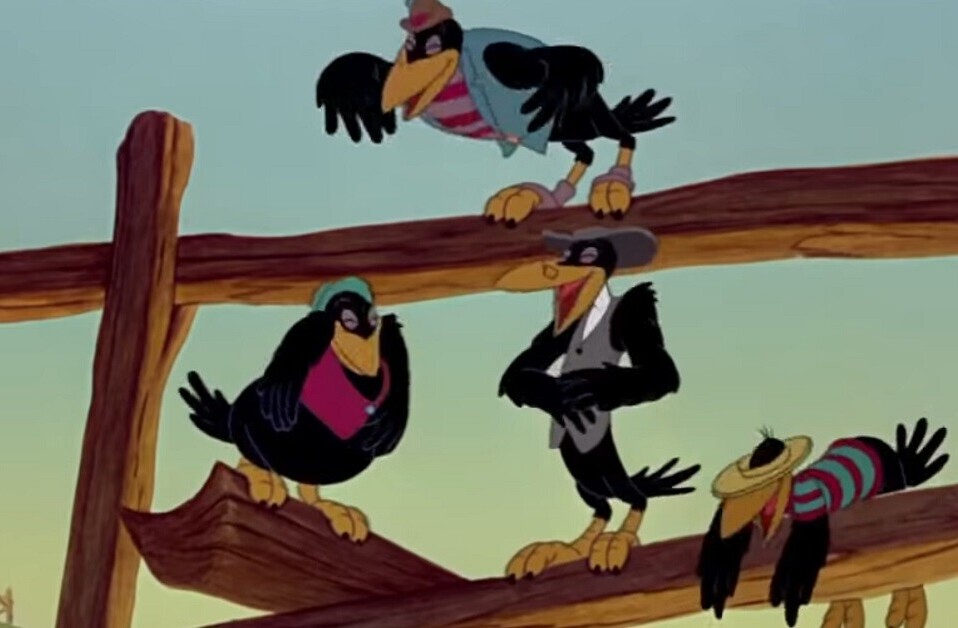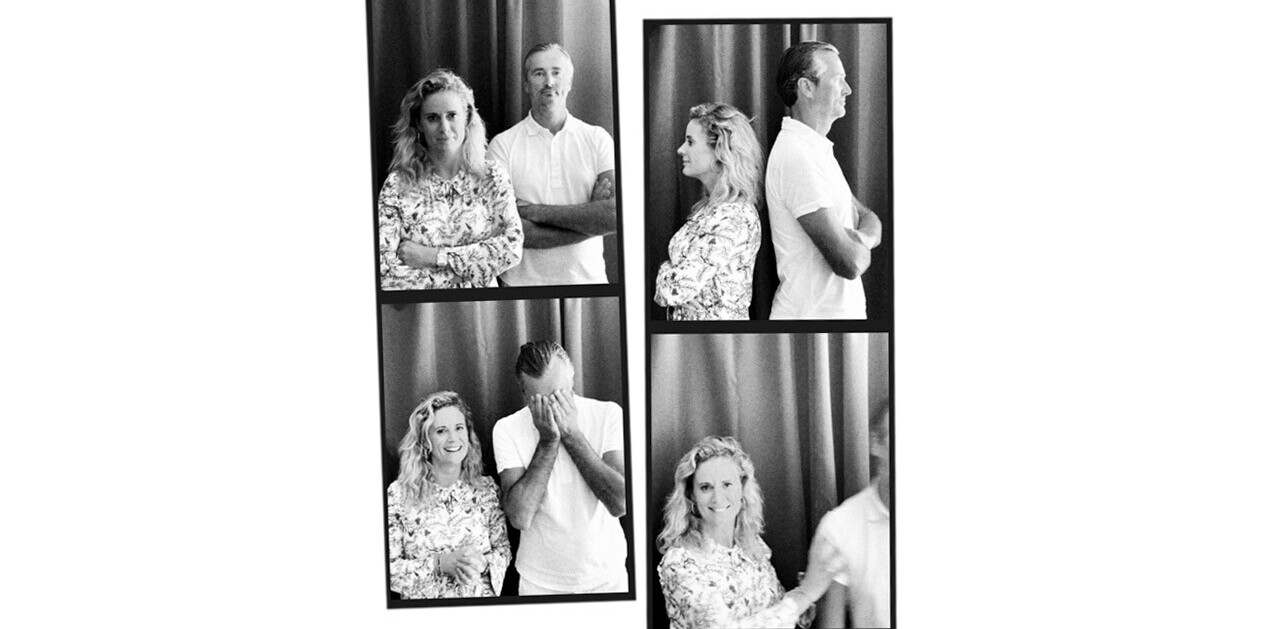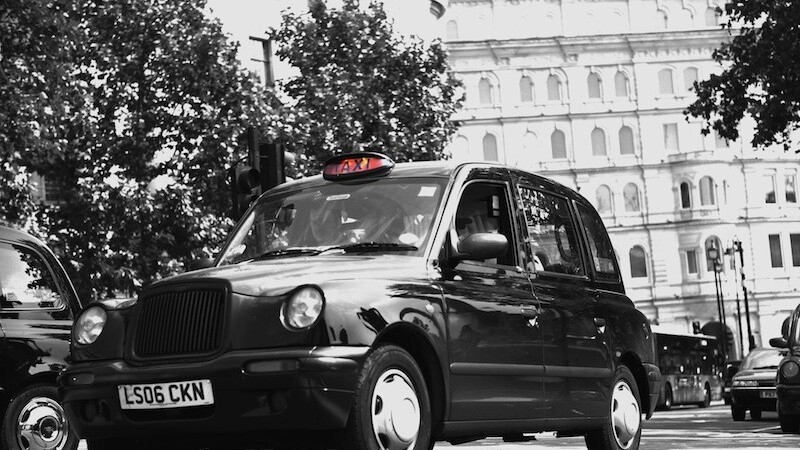
The photo accompanying this article has nothing to do with the actual written content. Sort of. It’s a photo that I came across on Flickr, taken by Ben Fredericson, and being a sucker for bokeh I saved it on my computer.
The photo was posted on Flickr under a Creative Commons license, allowing others to use it pretty much any way they want to, as long as they credited the photographer.
This is possibly the simplest, and most common, way in which Creative Commons comes into play on a daily basis on the Internet. And that is just the tip of the iceberg.
What is Creative Commons?
A lot of people probably don’t know that Creative Commons is actually a non-profit organisation. Based in Mountain View, California, Creative Commons was founded in 2001 by Lawrence Lessig, Hal Abelson, and Eric Eldred, in an effort to make creative works available for re-use. Creative Commons’ slogan sums it up perfectly, “Share, Remix, Reuse — Legally.”
Creative Commons encourages artists and creators to share their work under a Creative Commons License. This is where it starts to get a bit complicated because there are several permutations to the license, and you have to understand each one before deciding which one is right for you.
Creative Commons Licenses
There are six main types of Creative Commons Licenses.
Attribution: This license gives over the most rights possible. It lets your share, remix, and build upon the work, as long as the rights holder is credited. You can also use the work for commercial purposes.
Attribution Share Alike: This license is identical to Attribution, with the added condition of licensing your new work under the same terms. This is the license used by Wikipedia.
Attribution No Derivatives: This license allows you to share the work, both commercially and non-commercially as long as it is unchanged and is credited.
Attribution Non-Commercial: This license allows you to remix, tweak and build upon the work, as long as it is credited and is for non-commercial purposes. The new work does not have to be licensed in the same way.
Attribution Non-Commercial Share Alike: This license is identical to Attribution Non-Commercial with the added condition of licensing new creations under the same terms.
Attribution Non-Commercial No Derivatives: The most restrictive license allows you to share the work, as long as it is credited, non-commercial, and is not altered in any way.
It should also be understood, before choosing to use a Creative Commons license – it is non-revocable. If you choose to allow people to share your work, and decide at a later point in time to remove the license, any copies that exist in the wild, will stay right there. You can’t stop people from using them. Which in reality means that even under the most restrictive license, once your image is out there, it’s out there for good. Removing the license only stops users from downloading your copy.
What is the difference between Creative Commons and Public Domain?
Public Domain and Creative Commons are not to be confused with one another. Works in the Public Domain are free to use without any restrictions. Shakespeare and Beethoven’s works are an example of literature and music which exist in the public domain. An creative copyrighted work enters the public domain a certain number of years after the creator’s death, but the exact time period differs from country to country. For example, works in the US are copyrighted for the life of the author, plus an additional 70 years after death.
Works in the public domain can be used in any way you want – sharing, remixing, adapting – the sky is the limit. Just like with Creative Commons, the ability to produce derivative works is a catalyst for creativity.
Where can you find Creative Commons content?
Creative Commons content can be text, images, videos, software – in other words – just about anything. So where do you go to find that content?
Videos
YouTube recently introduced a creative commons licensing option for its users. YouTube is providing only one Creative Commons license, namely Attribution, the license which gives pretty much free reign over what you can do with the content.
Go to YouTube’s Editor where you can access a fully searchable database of thousands of videos contributed from YouTube users, as well as organisations such as Al Jazeera and Voice of America.
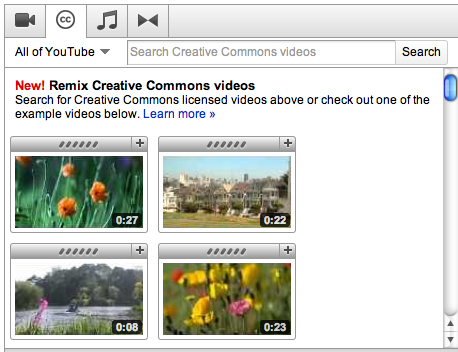
In addition, YouTube makes it easy to edit, rotate, combine, remix and add effects to the videos right there on the site.
Video artists and citizen journalists both have a lot to gain out of this move, and it’s a perfect example of how Creative Commons is a breeding ground for creativity.
When sharing your creations on YouTube, you can also license the video under the same terms, even though you aren’t obliged to. If used the right way, we could end up with a domino effect of hundreds of thousands of videos all licensed under Creative Commons freely available on YouTube.
Photographs
The most obvious place you can go to find high quality Creative Commons photos is Flickr. With almost 190 million photos and counting on Flickr, it’s interesting to see which types of licenses are most commonly used. With about 55 million photos each, Attribution Non Commercial No Derivatives and Attribution Non Commercial Share Alike are the most popular options.
It is understandable that an artist or photographer would not want their work to be used commercially without payment. But for bloggers, non-profit organisations, and even digital and photo-manipulation artists, there’s a wealth of images to choose from. And with the help of third-party services like Compfight, it’s even easier to navigate the smorgasbord of awesome photographs.
You can also use Google to find Creative Commons images, amongst other things. For images, go to Google Image’s Advanced Search, and at the bottom of the search form, go to Usage Rights to choose from several options in the drop-down menu.

Text
Besides the obvious example of Wikipedia, there are other content providers who have licensed their work under Creative Commons, such as Al Jazeera Blogs. Al Jazeera has been at the forefront of making all of its content available for re-use, including videos on YouTube and photographs on Flickr.
Other examples of text freely available online for re-use including WikiTravel, as well as a long list of fiction and non-fiction books.
Audio
Nine Inch Nail’s Trent Reznor is one of the musicians who has always been far ahead of his time in the way the band’s music is disseminated, and has even earned them the label, The First Open Source Band. Nine Inch Nails released the creative commons album Ghosts I-IV in 2008.
The experiment didn’t do much for the music industry’s claims that peer-to-peer file sharing is detrimental to their sales. The license that Nine Inch Nails chose for the album allowed users to share it in any way they chose, as long as it was non-commercial. Meaning if you wanted to put it on the ThePirateBay, so that others could download it from you, you were free to.
Despite that, the album earned $1.6 million in its first week alone, and topped Amazon’s list of best-selling albums for the year.
They also created something of a film festival, inviting fans to create videos accompanying the music.
How does Creative Commons make us more creative?
Nine Inch Nails’ move with their Creative Commons album and film festival is the perfect example of the positive effects of the practice. Using their fame and fan-following, they were able to spark an artistic movement.
If a photograph, a work of art, or even software, is licensed under Creative Commons, it gives other users a springboard to work from. It’s the encapsulation of inspiration.
When you can create derivative works from a photograph, for example, it becomes like a creative brainstorming session, where two people can contribute to one work of art, regardless of their location, nationality or even language.
If a writer licenses their work under terms which allow for remixing, an indie film-maker could potentially create a movie based on the work. That kind of access to creative information to work with is priceless.
Because of the non-commercial aspect, Creative Commons can also push us to create art for art’s sake, and no other reason.
In other words, Creative Commons brings out the best in us.
Get the TNW newsletter
Get the most important tech news in your inbox each week.
